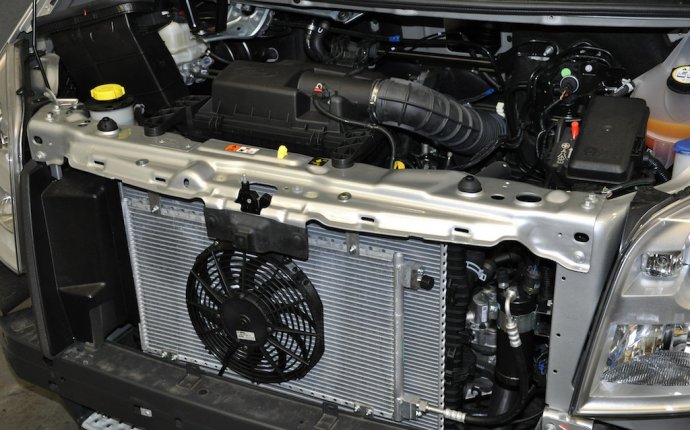
Retrofit air conditioning car
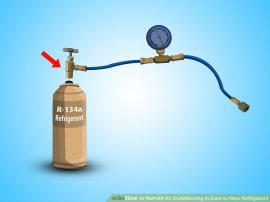 Part 2
Part 2
- Connect the recharge valve and service hose to your refrigerant can.
- Turn the valve on the service hose. Doing this will puncture the top of the can.
- Twist the valve back out slowly to release a little bit of refrigerant into the hose. The refrigerant will push air out of the hose so that it doesn't get into your air conditioning system.
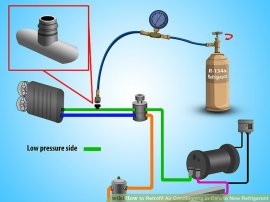 Close the valve to keep more refrigerant from escaping. Connect the other end of the service hose to the low service fitting on the air conditioner.
Close the valve to keep more refrigerant from escaping. Connect the other end of the service hose to the low service fitting on the air conditioner.- Hold your refrigerant can upright so that the A/C doesn't suck liquid into the system. You only want vapor to be pulled into your A/C.
- Attach a high pressure gauge to the high service port. The gauge will help you to make sure that your recharge is accurate.
 Start your car engine. Turn the air conditioner on its maximum setting.
Start your car engine. Turn the air conditioner on its maximum setting.- Open the valve on your refrigerant and let the A/C extract vapor from the can. The extraction may take up to 10 minutes. The air blowing from your car vents should grow gradually colder.
- Watch your high pressure gauge. When the gauge reads 225 to 250 PSI, close the valve on your refrigerant can. Always close the valve before disconnecting the can so that you don't spray refrigerant into the atmosphere.
- Generally, your A/C will take in about 12 ounces (355 ml) of refrigerant.
- If your system isn't fully charged after your refrigerant can is depleted, then you can add another can of refrigerant until your gauge reads in the right PSI range.
Part 3
Finish the Job- Store your refrigerant can with the service hose attached. Refrigerant doesn't go bad, so you can use what remains in the can another time. Just make sure to store it in a cool place so that the can doesn't overheat and explode. You can also look into selling refrigerant back to a reclaiming facility or to a certified technician.
- Install R-134a fittings on the upper and lower service ports. Doing this will prevent cross-contamination of refrigerant, and it is required by federal law.
Community Q&A
Ask a Question
If this question (or a similar one) is answered twice in this section, please click here to let us know.
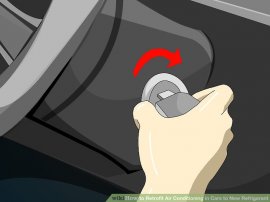
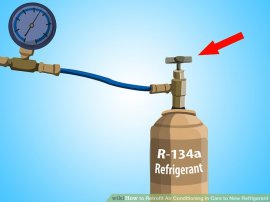


Source: www.wikihow.com











